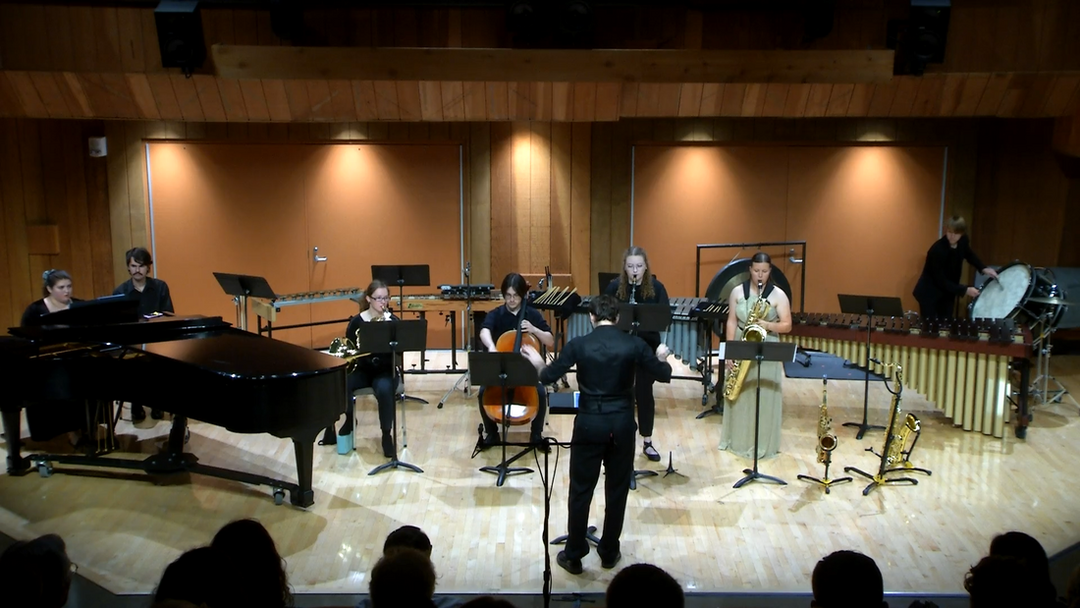
Pale Dots
• written for Saxophones, Clarinet, Horn, Percussion, Piano, Cello; 25’ 30”
( 2022 )
Percussion:
• Marimba
• Vibraphone
• Crotales
• Glockenspiel
• 2 Cymbals
• Tam-Tam
• Bass Drum
• 4 Wood Blocks
• Music Stand (bowed)
* saxophone part requires alto, tenor, and baritone saxophones
Program Note
One famous quote by Carl Sagan refers to the planet Earth as the “pale blue dot.” If one could look at the solar system from a very far distance away, the Earth would be nothing more than a pale blue dot. All of the other planets would look like pale dots, too. Pale Dots is a seven-movement work inspired in part by Gustav Holst’s The Planets, focusing on the other seven planets in the solar system beside Earth. Holst romanticized these other pale dots and arranged them to maximize musical effect. In this work, commissioned by Kaitlyn Wincup, the planets are presented in order from Venus, closest to the earth, to Neptune, the farthest away. The musical elements of each planet are influenced by scientific data and themes from Holst and others are included throughout.
Pluto was not discovered by the time of Holsts composition, but it has been excluded from this composition because it is considered a dwarf planet.
Performances
Premiere: Kaitlyn Wincup (saxophones), Zoe Scott (clarinet), Cherylyn Lamphear (horn), Cadence Miller (percussion), Michelle Teyvel (piano), and Josh Lyphout (cello)
Bowling Green State University, Bowling Green, OH, November 5, 2022